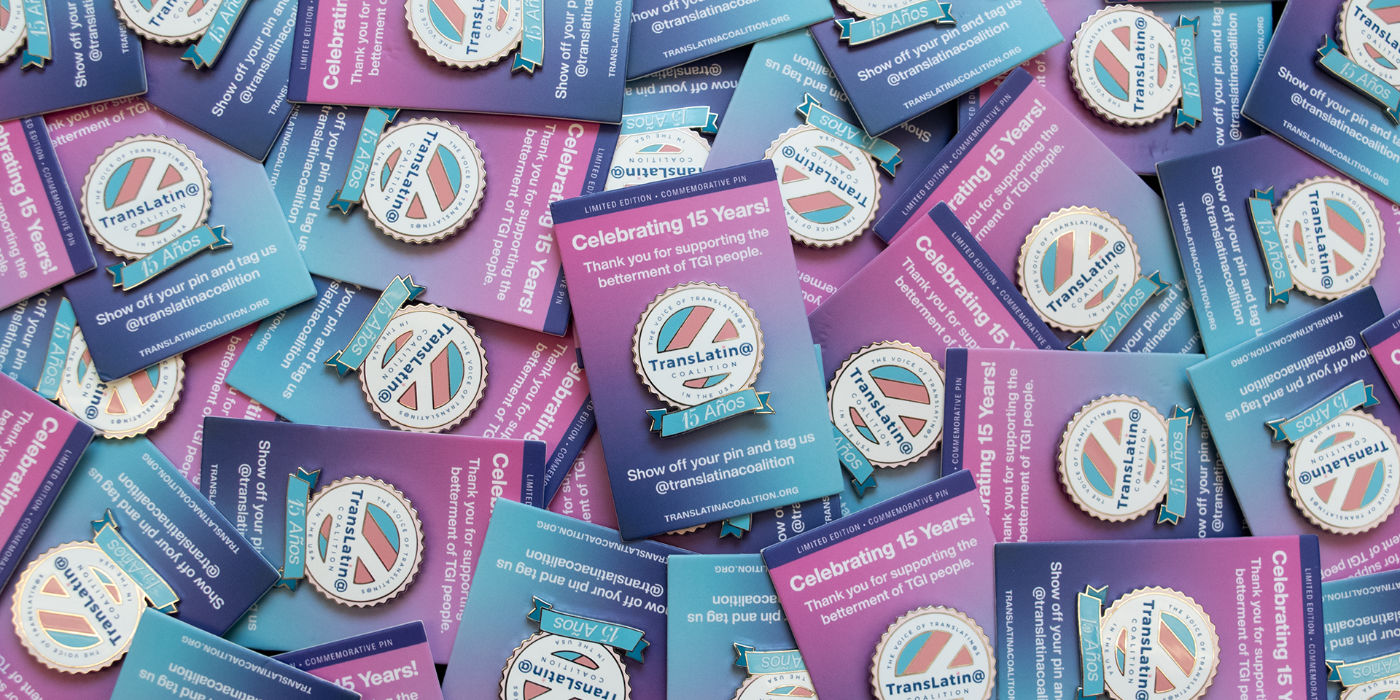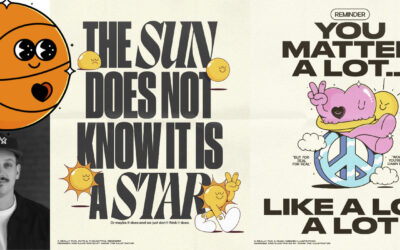This Pride month, we’re celebrating LGBTQ+ artists across the creative spectrum. We highlighted some LGBTQ+ comics creators previously, but today we want to focus on someone whose work is so inspiring to us: Kevin Cortez. Cortez is a graphic designer based in Los Angeles, California, who is currently Graphics & Multimedia Specialist for the Translatin@ Coalition (TLC). The TLC is an organization that empowers, advocates for, and supports transgender, gender expansive, and intersex immigrants in the United States.
We sent him a Wacom Movink to try, and he sent back the video below showing how perfect it is for his merchandise design work for the TLC!
We also interviewed Cortez to learn more about his background and his work. Note: The interview below has been edited slightly for clarity and length.
How did you come to pursue design as a career? Were you a creative kid?
I was always an illustrator. Drawing professionally was always the goal, no matter in what capacity. As a kid, I aspired to make cartoons or design video games. As an adult, I realized animation was too specific of a career for me, and game development was using parts of my brain that I didn’t particularly enjoy. I wanted color and doodles and messaging and storytelling. Eventually, I landed on graphic design, and quickly realized it was the perfect fit for me.
You got a graphic design degree from CSULA. Do you recommend college to young creatives who are trying to figure out their career paths? How about art school or an art degree vs. a more traditional education path?
Well, school was essential to my journey because it gave me a community I didn’t have before. In my hometown of Rialto, CA, there aren’t many avenues to creative careers that aren’t gigs on the side after your 9-5. While many people find success that way, I knew I wanted to dive headfirst into this industry and learn from people who have spent their entire careers dedicated to art and design.
School gave me the opportunity to be surrounded by like-minded people, and it put me in Los Angeles. Suddenly, I could find inspiration just by walking outside. So I guess I’d recommend schooling to someone who has yet to find access to these things.
I chose a more traditional state school because it seemed less risky to me, but I know that’s my own conditioned thinking. Everyone’s journey to school is different, and while I don’t think anyone needs school to be a designer, I know it informs every fiber of my creative process to this day.
How has Wacom factored into your creative journey? Why do you continue to use Wacom products for your work?
I’m an illustrator through and through, and Wacom products scratch the itch that someone like me can’t reach with a mouse or trackpad. Wacom sets the industry standard and keeps the artist’s process in mind. On top of that, it will always feel good to use a product created by someone that you know stands with your community.
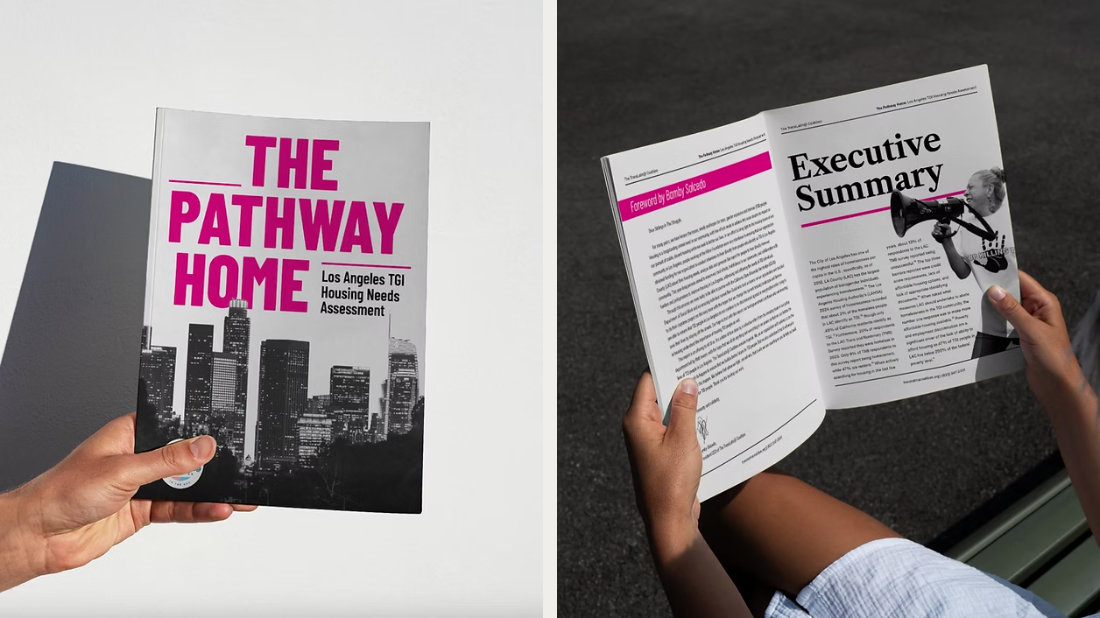
You’ve worked with a variety of clients, from the YMCA to Netflix to Interscope Records. But a major focus of your work, especially in your role at The Translatin@ Coalition, is LGBTQ+ themes. Why is this important to you?
It’s important for communities to know that members of that community are the ones delivering messages to them. As a gay man of color, I can usually tell when a campaign being presented to me is informed by someone’s sense of being othered. I don’t know how to explain it; you just know when someone is speaking directly to you. It takes great skill to make something for everyone, but it takes even greater skill to make an individual feel like you are talking specifically to them. I believe that’s done best when it is someone of your own community that is handling the messaging and communication.
Does your passion for LGBTQ+ issues show up in your work beyond choosing which clients to work for? If so, how?
I know it shows up in everything I do, but this isn’t necessarily intentional. It’s in the references I pull from, and the storytelling I construct. My work is informed by my lived experience. I don’t always set out to make something outwardly queer, but I might choose a certain color palette because I saw it on a drag queen’s garment four years ago, for example, and my subconscious is pulling that as the reference. Thus, that project is inherently queer because of my own lens.
Have recent political shifts in the United States changed how you think about your work? How do you approach being open about who you are and creating work with and for marginalized communities right now?
I know I hold a lot of privilege as a gay person in this country, not being undocumented, and living in Los Angeles. I am free to be who I want here, as long as I work hard and keep my wits about me. However, that does not absolve me from things like racial bias or homophobia. As mentioned before, communities that I am a part of need to know that there are people born into privilege that are making work for them as well. We stand in solidarity with them. I just try to keep in mind that the more specific the messaging is, the more the audience tends to feel seen.
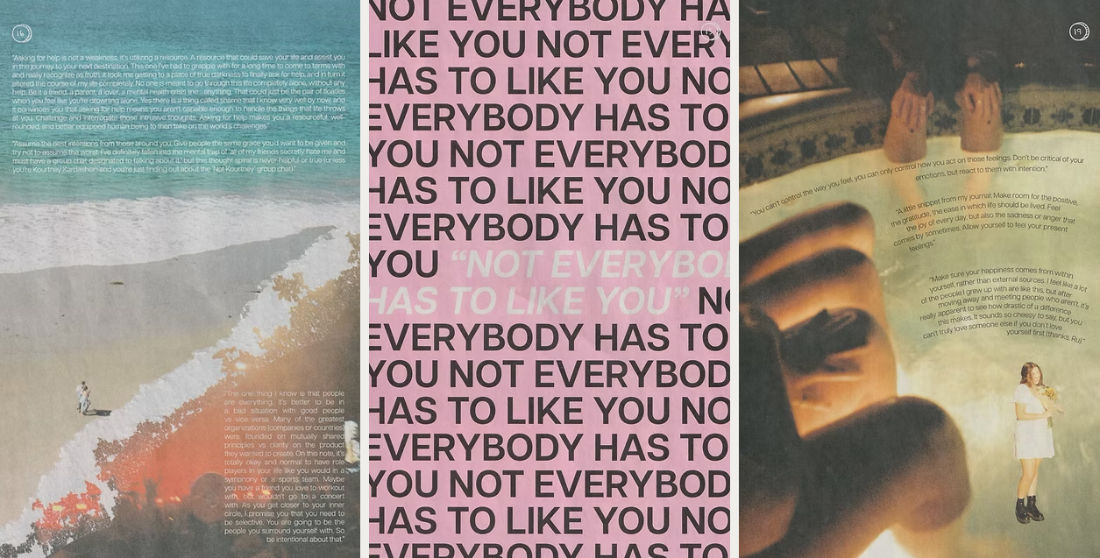
How are you taking care of yourself in times like these, and do you have any thoughts about how other artists from marginalized communities might be able to do the same?
To be honest, it’s difficult. I am seeing brown people who look like me having to duck and hide for their own safety. I see queer people, specifically trans people, being attacked from all sides. It feels heaviest in isolation, but finding each other and being in community is always the antidote. It always has been and it always will be.
In addition to your work as a designer, you’ve created other projects, like zines, and contributed to art shows, like ART-TEASE. How do you balance doing personal work with “paying the bills?”
Wow, well isn’t that the question. Honestly, setting up boundaries is really important as someone with a creative career. I’m fortunate enough to be in a place as a designer where I don’t need to say yes to everything. However, that’s not to say I’ve never been there before. We’ve all been there, and while it can feel awesome to be in a constant state of creation, it almost always leads to burnout.
My approach now is to have a steady source of income and maintain that. I know a lot of creatives don’t like feeling restrained to working for one entity, but I’m genuinely not like that – I might be in the minority, but it’s what works for me. I only do side projects like the art show, or the Quarter-Sized zine, when it really excites me now.
Do you have any projects coming up on the horizon that we should keep an eye out for?
Yes! The TransLatin@ Coalition is throwing a new fundraising event called Walk4Humanity in August. I’m designing all the visuals for it and have really made that brand identity my baby. You can check out walk4humanity.org for more info and join the fundraising efforts yourself. If you can, maybe even donate to my individual/team efforts through the website! We hope to see you all marching alongside us on Sunset Blvd. Thanks!
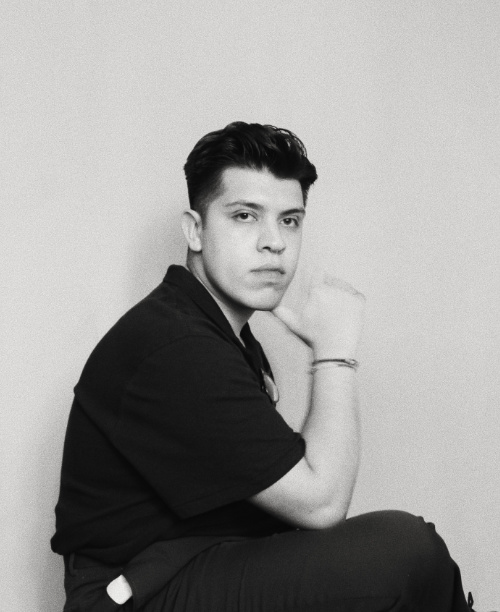
About the artist
Kevin Cortez (he/him/él) is a creative designer based in Los Angeles, California. Drawing was his first love and music was his second. As a gay man and a first-generation college graduate, he earned a B.A. in Graphic Design from Cal State L.A. and is constantly inspired by psychology and culture. With a passion for art and design, Kevin has worked in branding, illustration, photography, art direction and much more.
Check out his work on Instagram.

